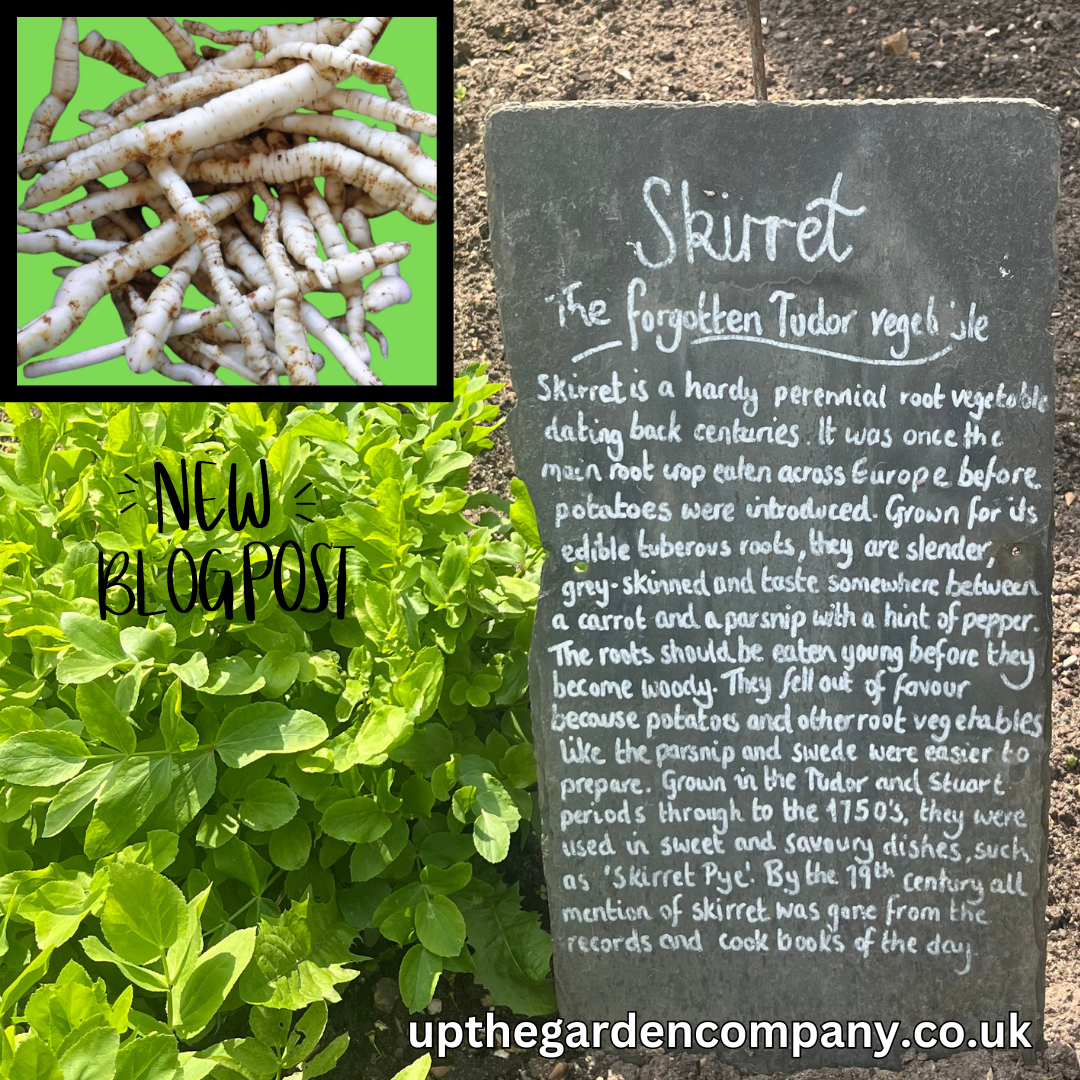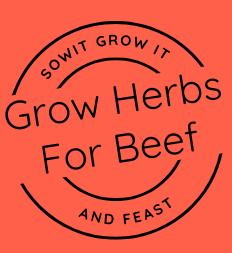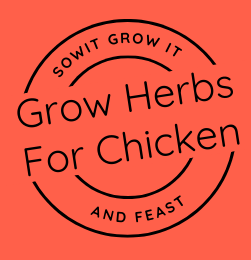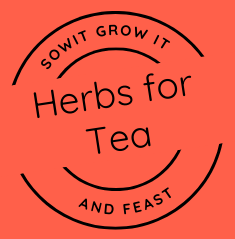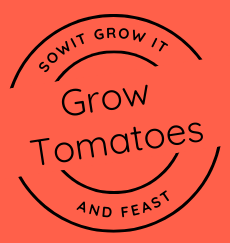British Tomato Fortnight 27th May to 9th June
The British Tomato Fortnight is a celebration of all things tomato-related, and it is an important event in the UK’s agricultural calendar. This two-week long festival shines a spotlight on the humble tomato, highlighting its versatility, taste, and importance in British cuisine. Let’s take a closer look at what happens during the British Tomato Fortnight 2024.
Understanding the British Tomato Fortnight
Held annually in May, when the quality and taste of British tomatoes are unparalleled, the British Tomato Fortnight emerges as a pivotal fixture in the UK’s horticultural calendar. Orchestrated by the British Tomato Growers’ Association (BTGA), this fortnight is dedicated to amplifying the profile of British tomatoes. The event serves a dual purpose: to encourage the consumption of home-grown tomatoes and to fortify the relationship between consumers and local producers. By focusing on these objectives, the fortnight aims to educate the public on the myriad benefits of incorporating locally sourced tomatoes into their diets. This includes not just an enhanced culinary experience but also the nutritional advantages of eating produce that has travelled fewer miles from farm to plate. Additionally, the British Tomato Fortnight acts as a platform for growers to share their passion and expertise with a wider audience, fostering a deeper understanding and appreciation of the craftsmanship involved in tomato cultivation. This celebration is more than just an homage to the British tomato; it is a strategic initiative to cultivate a more conscious and connected food community in the UK, underscoring the importance of local agriculture in today’s global market. Through this event, the BTGA aspires to inspire a shift towards more sustainable consumption patterns, highlighting how even small choices, like opting for British-grown tomatoes, can have a significant impact on the environment and the economy.
The Importance of Celebrating British Tomatoes
Highlighting the significance of British tomatoes goes beyond the sensory pleasure they provide; it underpins a critical movement towards bolstering the UK’s agricultural backbone. Electing British-grown tomatoes at the grocer’s shop or market helps curtail the environmental toll of transporting imports, thereby reducing the collective carbon footprint. This choice champions local farmers, safeguarding their livelihoods and ensuring the vibrancy of the UK’s farming communities. The British Tomato Fortnight stands as a beacon, illuminating the pathway towards a resilient and sustainable food system. It fosters an ethos of conscious consumption, urging individuals to contemplate the origins of their food and the ramifications of their buying decisions. By celebrating the diversity and quality of home-grown tomatoes, the event also serves to educate consumers on the value of seasonal eating—both for their well-being and for the planet. In essence, this fortnight is not just a tribute to the British tomato but a call to action, encouraging a collective shift towards more environmentally sound and ethically grounded food choices.
Key Events and Activities
The British Tomato Fortnight is filled with a variety of engaging events and activities designed to celebrate and educate on all facets of the tomato. Enthusiasts and curious minds alike are welcomed to explore the rich tapestry of experiences on offer throughout the UK. Farm tours present an unparalleled opportunity for visitors to step behind the scenes and witness the meticulous care and innovative techniques deployed in cultivating these vibrant fruits. Tasting sessions invite attendees to savour the distinct flavours of different tomato varieties, each telling its own story of heritage and cultivation.
Cooking demonstrations, led by accomplished chefs and local food artisans, become a stage for the humble tomato to shine, transforming simple ingredients into gastronomic delights. These sessions not only provide a feast for the senses but also equip participants with new skills and inspiration for incorporating tomatoes into their culinary repertoire. Moreover, the fortnight is peppered with competitions and interactive games, adding a layer of fun and excitement to the proceedings. Whether it’s showcasing the biggest tomato, creating the most inventive tomato-based dish, or participating in a tomato-themed quiz, there’s a spirit of camaraderie and creativity that encapsulates the essence of the celebration.
These curated events and activities are designed not just for entertainment but to foster a deeper connection between the community and their local food systems, emphasising the importance of supporting British agriculture and the sustainable practices that underpin it.
Highlighting Sustainability and Innovation
The British Tomato Fortnight is pivotal in showcasing the forefront of sustainable agriculture through the lens of tomato cultivation. This event provides a unique platform for demonstrating how UK growers are embracing eco-friendly practices and technology to ensure a more sustainable future for farming. Techniques such as hydroponics, which allows tomatoes to be grown in water instead of soil, and the use of LED lighting to enhance growth, are just a snippet of the innovations being adopted. These methods not only reduce the need for vast land and water resources but also enable year-round production, diminishing the reliance on imported tomatoes, which have a larger carbon footprint due to transportation. By highlighting these cutting-edge practices, the fortnight aims to enlighten consumers about the environmental efforts undertaken by local growers to produce their beloved tomatoes. This focus on sustainability and innovation is integral to encouraging a greater appreciation for the ingenuity of British horticulture and its contribution to crafting a more sustainable agricultural landscape. Through such initiatives, the British Tomato Fortnight underlines the importance of supporting local growers who are investing in these eco-conscious techniques, making it a celebration of not just the tomato itself, but of the forward-thinking approach that ensures its future.
Culinary Inspirations from the British Tomato Fortnight
The British Tomato Fortnight is a treasure trove of culinary creativity, where the humble tomato takes centre stage in a variety of dishes. Throughout this fortnight, renowned chefs and culinary enthusiasts unveil their most cherished tomato-based recipes, offering a spectrum of flavours that cater to every palate. From the simplicity of a vibrant tomato and basil salad to the sophistication of a slow-roasted tomato risotto, the versatility of British tomatoes is showcased in full glory. Innovative concoctions, such as zesty tomato-based cocktails and tangy tomato jams, demonstrate the fruit’s adaptability beyond conventional uses. Food bloggers join the celebration, sharing their personal twists on classic preparations and introducing their audiences to the rich diversity of tomatoes grown on British soil. These culinary inspirations not only highlight the tomato’s gastronomic potential, but also encourage home cooks to experiment with local varieties in their own kitchens. Interactive cooking workshops and online recipe challenges further fuel this gastronomic exploration, inviting individuals to discover new ways to integrate British tomatoes into their everyday meals. This fortnight is an invitation to elevate the culinary experience with the freshness and quality that only British tomatoes can offer, inspiring a season of delightful and innovative tomato-infused dining.
How to Get Involved
Engaging with British Tomato Fortnight offers a splendid array of opportunities for anyone keen to dive into the vibrant world of tomatoes. You could start by marking your calendar for farm visits and open days, where you’ll witness innovative farming practices first-hand. These tours not only demystify the journey of tomatoes from seed to plate, but also present a chance to interact with the growers themselves. Why not take your culinary adventure a step further by participating in one of the many cooking workshops or demonstrations? These sessions are perfect for those looking to enhance their kitchen skills with fresh, local produce. If you’re someone who enjoys the thrill of competition, keep an eye out for contests running during the fortnight. From showcasing your largest tomato to whipping up an inventive tomato-based dish, there’s room for everyone to showcase their talents. Additionally, supporting your local farmers’ markets or vegetable stands by purchasing British-grown tomatoes is a straightforward yet impactful way to get involved. Social media platforms also offer a virtual space to celebrate; sharing your tomato recipes, experiences, or simply spreading the word contributes significantly to the fortnight’s goals. Each action, no matter the scale, plays a crucial role in championing British tomatoes and the broader ethos of sustainability and local produce.
The Future of British Tomatoes
The trajectory for British tomatoes appears highly promising, reflecting an ever-increasing consumer inclination towards sustainability and localism in food choices. The annual celebration of British Tomato Fortnight not only accentuates the exquisite flavour profiles and health benefits of these home-grown fruits, but also underscores the innovative practices adopted by British farmers to meet contemporary environmental standards. Looking ahead, the emphasis on technological advancements in cultivation, alongside a concerted push towards eco-friendly farming techniques, positions British tomatoes at the forefront of the agricultural sector’s response to global sustainability challenges. This evolution promises a landscape where the choice for British tomatoes transcends mere preference, embodying a commitment to environmental stewardship and the promotion of local economies. As awareness grows and consumer habits shift, British tomatoes are set to embody a beacon of quality and sustainability, reinforcing their indispensable place in the UK’s culinary and agricultural narrative.
Try Grow Tomatoes from our SowItGrowItandFeast Range
Further Reading: British Tomato Fortnight

